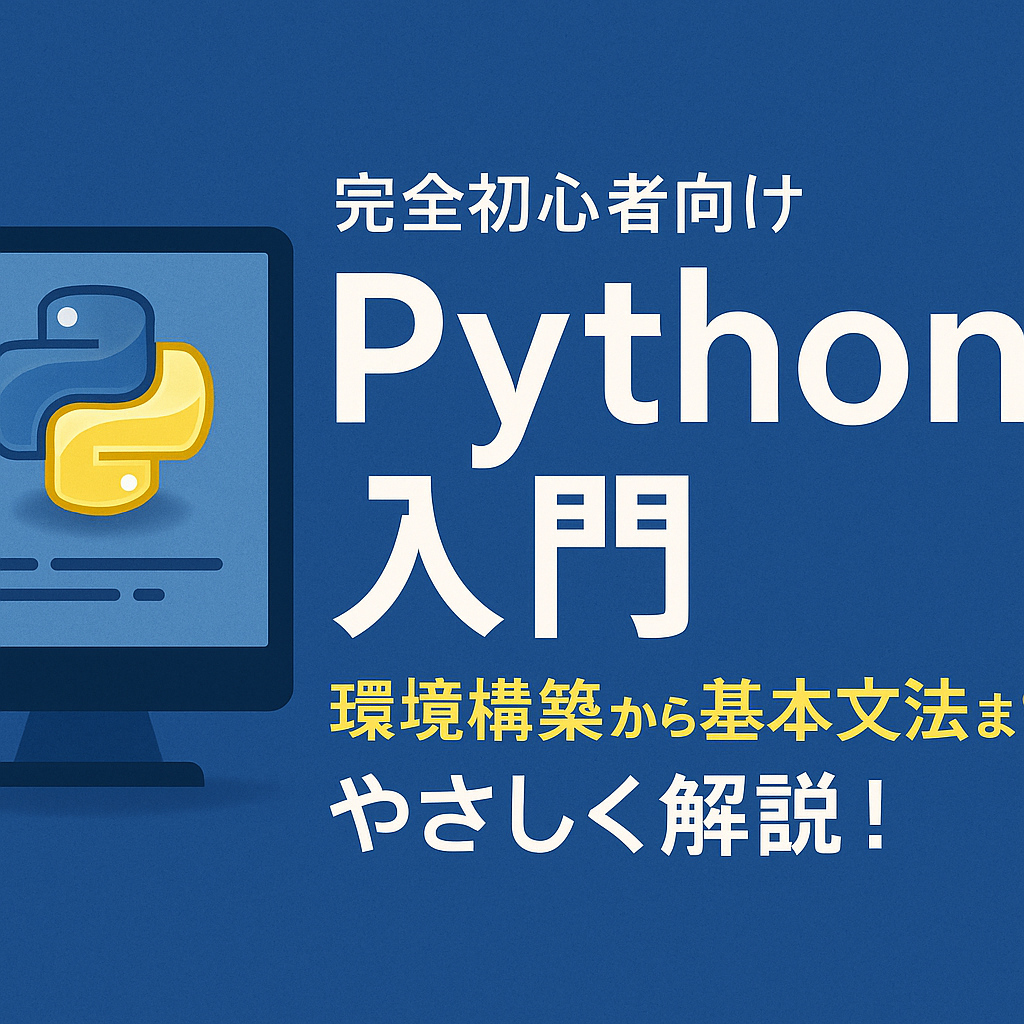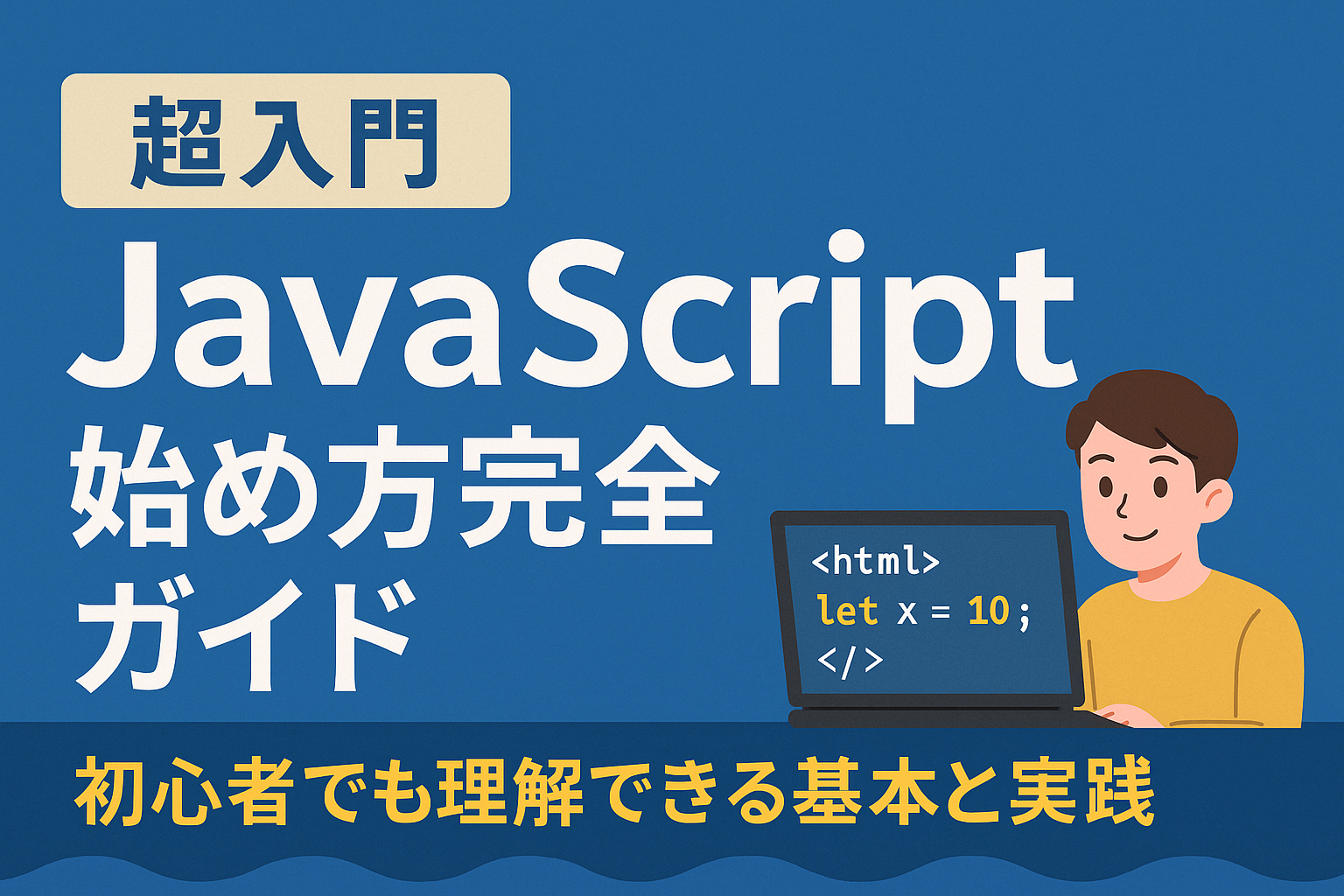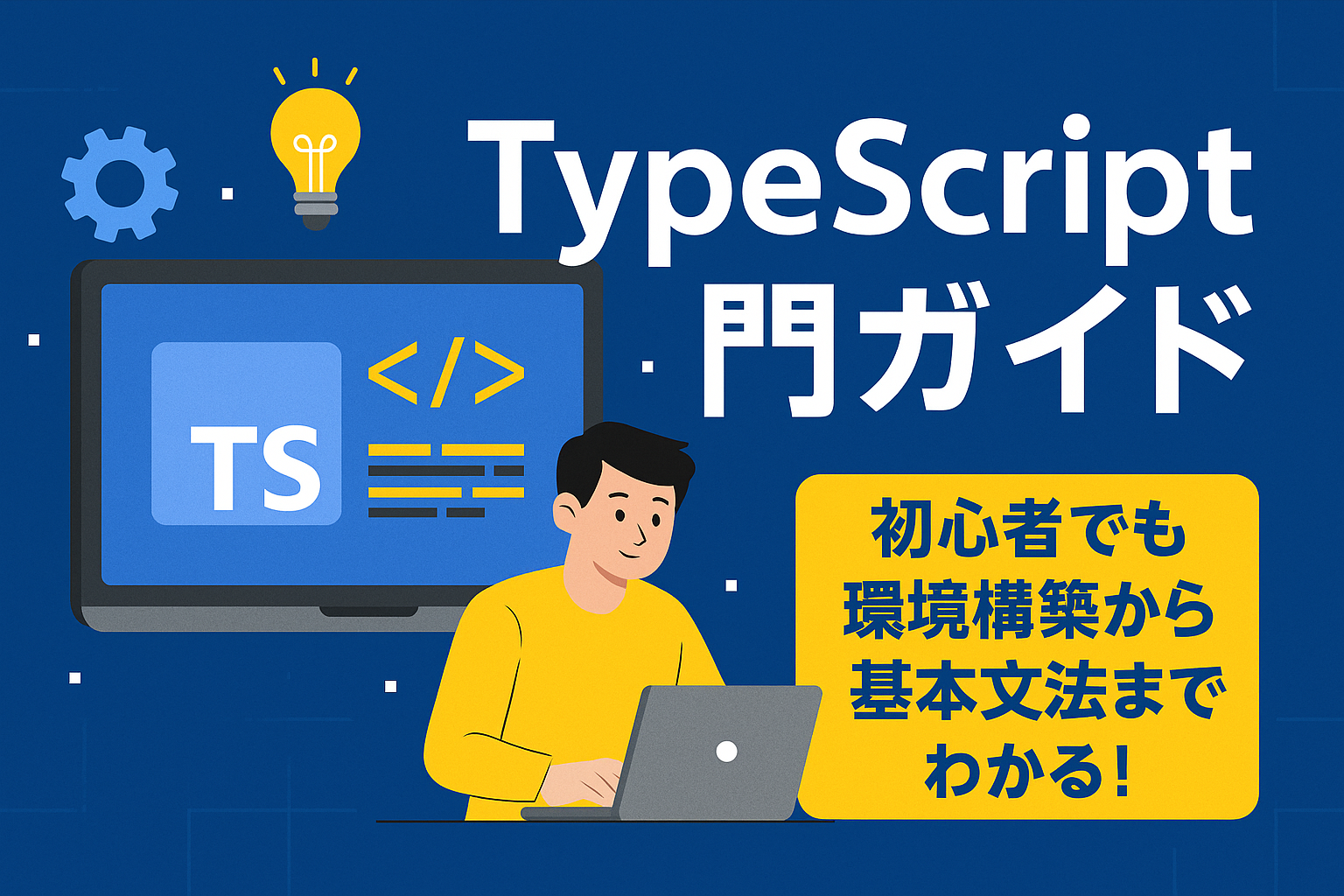Do you want to start programming but don't know where to start?
Python is a great programming language for beginners because it has simple syntax, is easy to read, and is used in a wide range of fields.
In this article, we will explain the basics of Python, with actual code examples. We will also introduce how to set up the environment and some key points to keep in mind when learning.
If you are looking to start programming or are interested in Python, please refer to this article.
What is Python?
Features of Python
• Simple grammarThe code is easy to read and understand, even for beginners.
• Extensive library: Can be used in a variety of fields, including data analysis, machine learning, and web development.
• Large community: There is a wealth of information, learning materials and support available.
Examples of using Python
• Web Development: Uses frameworks such as Django and Flask.
• Data analysis:Utilizes Pandas and NumPy.
• Machine Learning: Rich library including scikit-learn and TensorFlow.
Setting up a Python environment
Installing Python
1. Official websiteDownload Python from here.
2. Run the installer and follow the instructions to install.
Creating a Virtual Environment
Using virtual environments allows you to manage dependencies on a per-project basis.
1 | |
To activate the virtual environment you created, use the following command:
• Windows:
1 | |
• macOS/Linux:
1 | |
Basic Python Syntax
Variables and Data Types
In Python, you work with data by assigning values to variables.
1 | = = 42 = 3.14 |
Conditional branching
Processing can be branched according to conditions.
1 | = 18 = 18: () : () |
Iteration
If you want to repeat the same process,Use for and while statements.
1 | (5): |
Let's actually write some code
Following is a simple program which takes input from the user and displays a greeting.
1 | = () ) |
When this code is run, it prompts the user for their name and displays a greeting.
Key points for studying
• Set small goals: Let's start with a simple program, such as one that displays "Hello, World!".
• Get your hands dirtyWriting code helps you understand it better.
• Don't be afraid to make errors: Errors are learning opportunities.
• Leverage the community: Exchange information on Q&A sites and forums.
summary
Python is an easy-to-learn and highly practical programming language for beginners. By understanding the basic grammar and actually writing code, you can steadily acquire skills.
Use this article as a reference to start learning Python. Continuous learning and practice will help you improve your programming skills.


